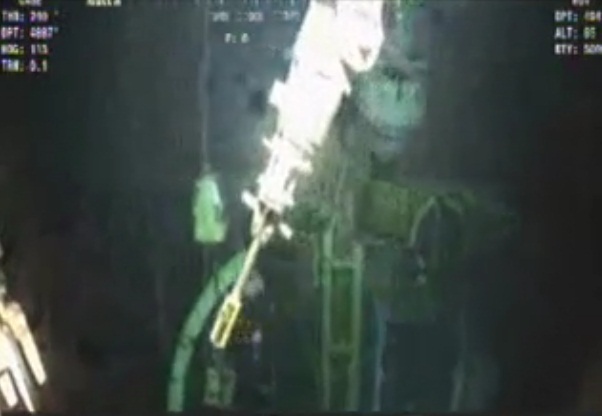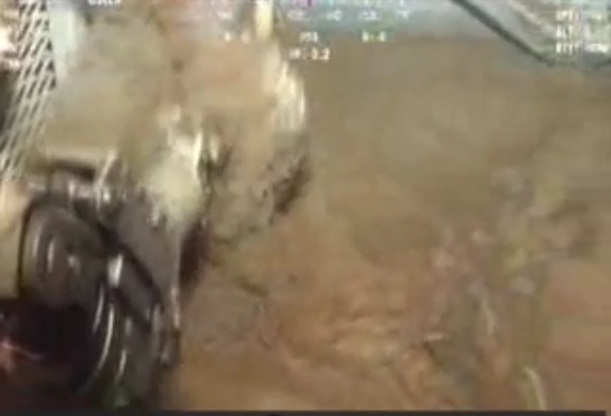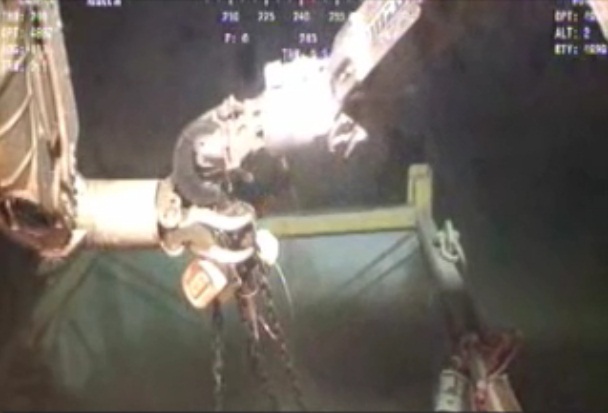As I reported yesterday, the "Top Kill" attempt to stop the oil flow using mud had failed, and BP would now try to use a "junk shot" to close the leaks in the pipe using various debris.
The New York Times is now reporting that the junk shot approach is not going well:
The company [again] suspended pumping operations at 2:30 a.m. Friday after two “junk shot” attempts, said the technician, who spoke on the condition of anonymity because he was not authorized to speak publicly about the efforts.Update: It appears that BP is starting preparations for its next fix-it scheme.
"The suspension of the effort was not announced, and appeared to again contradict statements by company and government officials that suggested the top kill procedure was progressing Friday."***
The technician working on the effort said that despite the injections at various pressure levels, engineers had been able to keep less than 10 percent of the injection fluids inside the stack of pipes above the well. He said that was barely an improvement on Wednesday’s results when the operation began....
“I won’t say progress was zero, but I don’t know if we can round up enough mud to make it work,” said the technician. “Everyone is disappointed at this time.”
As FT's oil spill blog reports:
As BP explains today:The ROVs are definitely up to something:
Update: LMRP 3.28pm BST (10.28am EDT; 9.28am CDT)
A couple of TOD commenters believe some of the recent footage shows the Lower Marine Riser Package, which BP says it is preparing in parallel with the top kill efforts. One points out that the camera in the screen shot below seems to say LMRP (see text at the centre).
In parallel with the ongoing top kill operation, preparations have been made for the possible deployment of the lower marine riser package (LMRP) cap containment system.
Deployment would first involve removing the damaged riser from the top of the failed BOP to leave a cleanly-cut pipe at the top of the BOP's LMRP. The cap, a containment device with a sealing grommet, will be connected to a riser from the Discoverer Enterprise drillship, 5,000 feet above on the surface, and placed over the LMRP with the intention of capturing most of the oil and gas flowing from the well.
The LMRP cap is already deployed alongside the BOP in readiness for potential deployment. If it is decided to deploy this option, this would be expected to take some three to four days.
In addition to these steps, planning is being advanced for deploying, if necessary, a second BOP on top of the original failed BOP.










